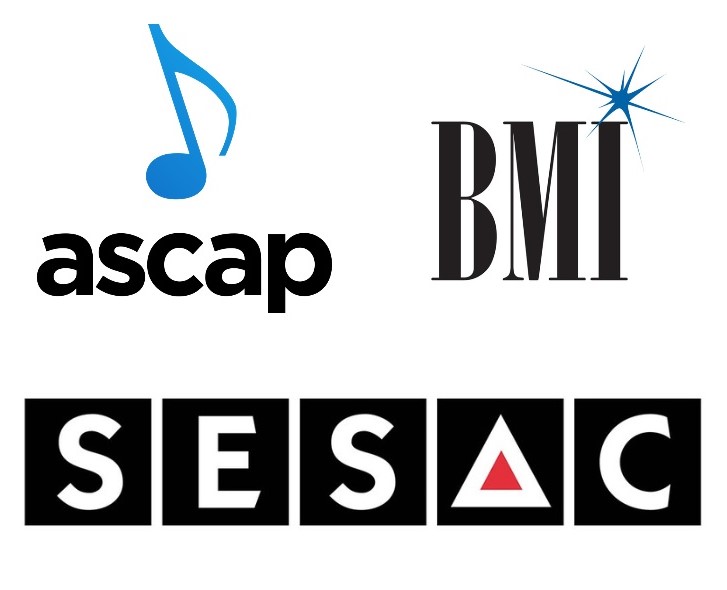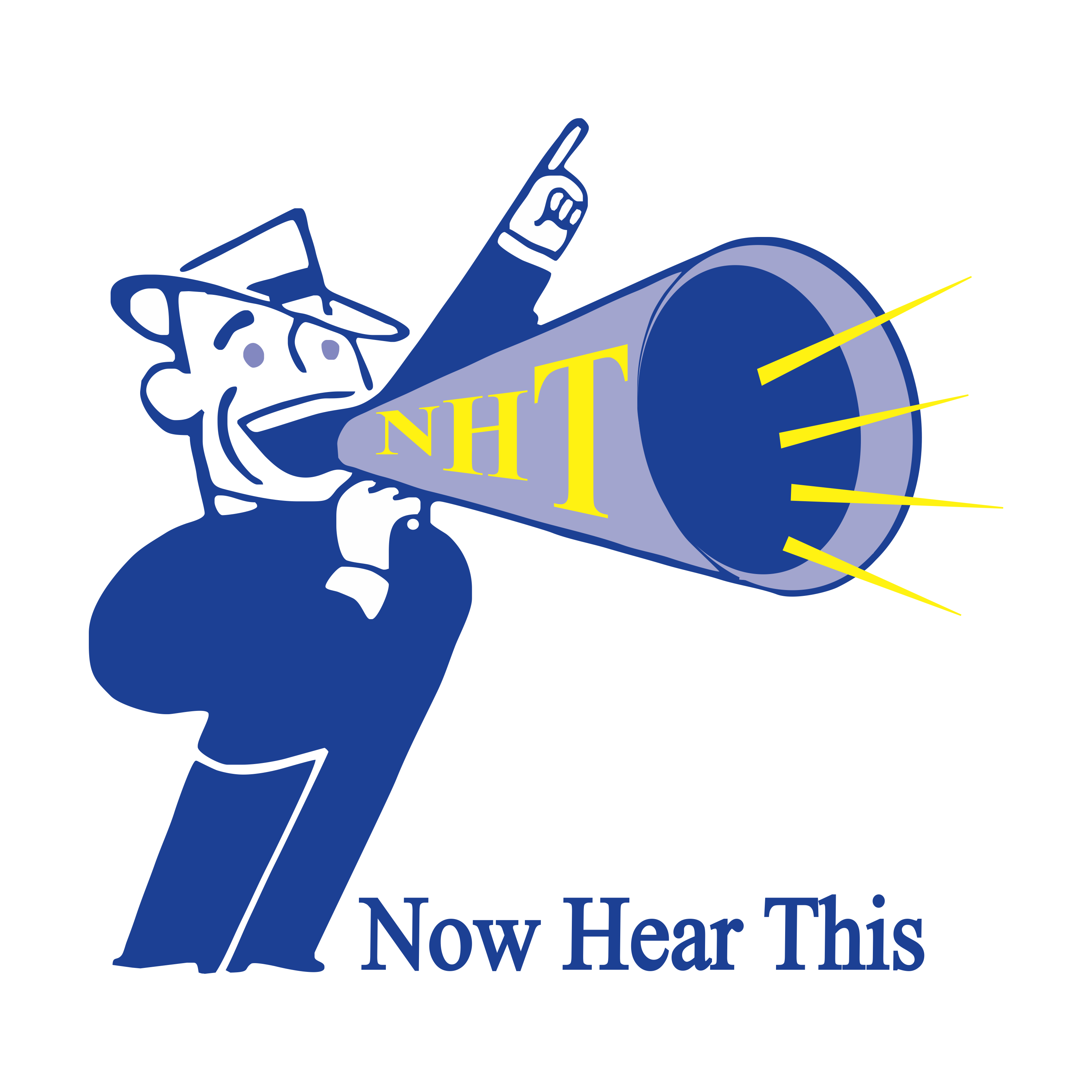 Last week a widely-read guest blog was published on this site, so another writer was invited to contribute this week as well. Chris Tanner is an artist, musician, inventor, and patent attorney. He holds several copyrights himself as a composer, is a former Patent Examiner, holds seven patents himself as an inventor, and has been practicing in patent, trademark, and copyright law for 21 years. More information can be found at either TannerPatent.com or SaveMoneyOnPatents.com.
Last week a widely-read guest blog was published on this site, so another writer was invited to contribute this week as well. Chris Tanner is an artist, musician, inventor, and patent attorney. He holds several copyrights himself as a composer, is a former Patent Examiner, holds seven patents himself as an inventor, and has been practicing in patent, trademark, and copyright law for 21 years. More information can be found at either TannerPatent.com or SaveMoneyOnPatents.com.
As an Intellectual Property (IP) and copyright attorney, numerous people have told me (a) that they’ve had a song “stolen” from them and/or (b) “won’t go out and play their original songs in Nashville” for fear of someone stealing their song.
In response, I usually ask if they belong to either BMI, ASCAP, or SESAC? Second, do they have a YouTube channel that is properly maintained? Third, did they ever file for copyright themselves? Uploading e.g. an MP3 file of the song they are concerned about?
SUMMARY/OVERVIEW
If someone does steal your song, a Performer’s Right Organization (PRO) such as ASCAP, BMI, or SESAC is extremely good at forcing people to pay you money for such stealing.
YouTube’s super-sophisticated “Content ID” artificial intelligence system for identifying songs is extremely good at finding improper usages of songs, and YouTube can broker deals such that you do not ask for a takedown, but instead get paid.
Anyone can file for copyright themselves at copyright.gov -- no attorney is required. They only need the song in an .MP3 file, a credit card, and the internet, and they can get their own copyright registration.
These are three relatively easy steps that any musician or performer can do themselves. None of them are expensive, but they do involve effort and concentration. There is a fourth step, using audiam.com, but explaining this fourth step requires that the reader have a good understanding of the first three.
HOW IT WORKS
A YouTube channel taking advantage of YouTube’s Artificial Intelligence breakthrough “Content ID” metadata could work this situation to the artist’s advantage. Imagine YouTube’s Contend ID system doing your policing for you, notifying infringers for you, and generating a revenue stream for you, all without that person having to do anything, other than the initial set-up.
If they properly set up a YouTube channel, and also belong to BMI, ASCAP, or SESAC (both of which are very affordable), their complaint “someone stole my song” can instead be “somebody just put money in my pocket.”
Next, musicians need to avoid letting their ego and self-absorption affect their judgement. Some type of musical theme that they think they “invented” and “own” could potentially have already been the subject of numerous previous songs. If this is the case, it was not “stolen” from them, they likely “borrowed” it from somebody else without realizing it. An artist may have also arrived at it independently, but it’s still not stealing if it does not belong to you in the first place.
The biggest determining factors in figuring out who a song truly “belongs to” are 1) ASCAP, BMI, SESAC, 2) a “Content ID” match on YouTube, and 3) a federal copyright registration.
We have gotten to the point that the US Government and federal courts are unable to properly police our copyright system. Still, because there is so much money and commerce involved, what we are seeing is private companies stepping in to fill the void normally occupied by the government and the federal courts. An example of such a private actor is Jeff Price, and his various companies Audiam.com and (previously) tunecore.com. There are many other examples, including YouTube. Google and YouTube have implemented a “Content ID” system that allows copyright owners to track usages of their performances on the world’s largest music site. Yes you read that correctly, not “world’s largest video site” but “world’s largest music site.”
Google and YouTube have implemented a “Content ID” system that allows copyright owners to track usages of their performances on the world’s largest music site. Yes you read that correctly, not “world’s largest video site” but “world’s largest music site.”
YouTube’s “Content ID” system also gives content owners the ability to demand “takedowns” of their stuff — or the option to run ads against it. That is, when a content owner discovers a violation, they can reach the party who posted the material, ask them to run an ad, and both parties can benefit. No “takedown” occurs and the situation does not need to be adversarial.
In fact, these days, many YouTube providers of e.g. background music, beat tracks, or other support material, actually hope that someone is using their material and violating their performance rights. With an easy negotiation semi-brokered by Google, each copyright violation can (eventually) mean more money in the pocket! Without using the federal courts. Without using an attorney!
In this sense, in a lot of important ways, Google is acting as a de-facto court system, but hugely more efficient and more marketplace-centric. This arrangement has also enabled third party companies to step in to help Google "police the Internet" of copyright violations, and protect content providers, musicians, and other parties in the music-related industries. As stated, examples included are companies like Audiam.com and tunecore.com
These companies take YouTube’s Content ID system referred to above, and add to it, and scrub it for errors. They also protect people against false takedown notices by YouTube. This is necessary because unfortunately, YouTube sometimes notifies (apparent) violators that they are posting copyrighted materials which are in breach of YouTube's user agreements, even when they are the creators and owners of that material. Audiam.com also helps address this.
This is an example of harnessing Google’s creativity and inspiration to build the regulatory systems of the digital age, rewarding for-profit and non-profit innovators who can come up with better regulatory tools.
For those artists with music on e.g. Spotify, Pandora, Soundcloud, iTunes, it is still wise to set up one’s own YouTube channel. Upload your songs, the video content can be a mere photograph. You have likely noticed many YouTube songs that have no or minimal video. The reason for doing this is that a properly supported YouTube Content ID can be more beneficial than a federal copyright registration, although both have their place.
ASCAP, BMI, AND SESAC
Very few artists truly understand what these organizations actually do. One good thing about the modern music industry is there are many ways to be heard. Self-management has never been more accessible to a typical composer than in 2019 and beyond. Unfortunately, many musicians and composers neglect this important principle. To address this, you songwriters and performers reading this blog should consider joining a Performing Rights Organization (PRO) such as but not limited to BMI¸ ACSAP, or SESAC.
Unfortunately, many musicians and composers neglect this important principle. To address this, you songwriters and performers reading this blog should consider joining a Performing Rights Organization (PRO) such as but not limited to BMI¸ ACSAP, or SESAC.
There are many different types of payment rights, but one of the most important is a performance right. The payment corresponding with that performance right is known as a performance royalty. Any time one’s music is played on the radio (terrestrial, satellite, and internet), in stores, on TV shows, broadcast on the radio (terrestrial or satellite), used on TV or movies (including commercials), performed or streamed live (like in bars, restaurants, performance venues), streamed over digital services (such as Spotify, Pandora, SoundCloud, iTunes, many others) films, video games, and in presentations, or performed by someone else in a live venue — the composer (not necessarily the performer) is owed a performance royalty.
PROs will collect these royalties for you. That’s why upon joining, they ask you for your bank account information. This is not to cheat you or take your money. It is so they can figure out where to put the money they dig up for you. Money that you likely never would have found for yourself. With a PRO helping you, and the other steps described herein, there should be no fear of publicly performing a song.
Whether songwriters and performers realize it or not, these PROs are important, and can do things for you which it would be very difficult for you to do yourself. The PROs have the ability to find out when a composer’s music gets played, using extensive resources far too complex to explain here.
The American Society of Composers, Authors and Publishers (ASCAP) is a not-for-profit organization. It represents more than 10 million works from over 550,000 members. ASCAP membership is $50 for both songwriters and publishers. ASCAP’s membership size is estimated at 660,000 members.
BMI has two different styles of membership - songwriters and publishers. Songwriters can join for free, but must sign up for two years, and must provide a valid bank account. Publishers pay between $150-$250, and must sign up for five years. SESAC serves around 400,000 musical works from over 30,000 affiliated writers. SESAC is invitation-only.
PROs also tackle other issues impacting their members, such as fighting music piracy and keeping up with changes to the industry that have resulted from the advent of digital music.
CONCLUSION
After all the above, it should be clear that by taking appropriate protections as described herein, no artist should have any concern over publicly performing their compositions.
What copyright protection have you obtained? Have you had a song “stolen” by someone? If so, what course of action did you take? Talk about all this in our Facebook group.
Bruce
1 April 2019
By: Chris Tanner

